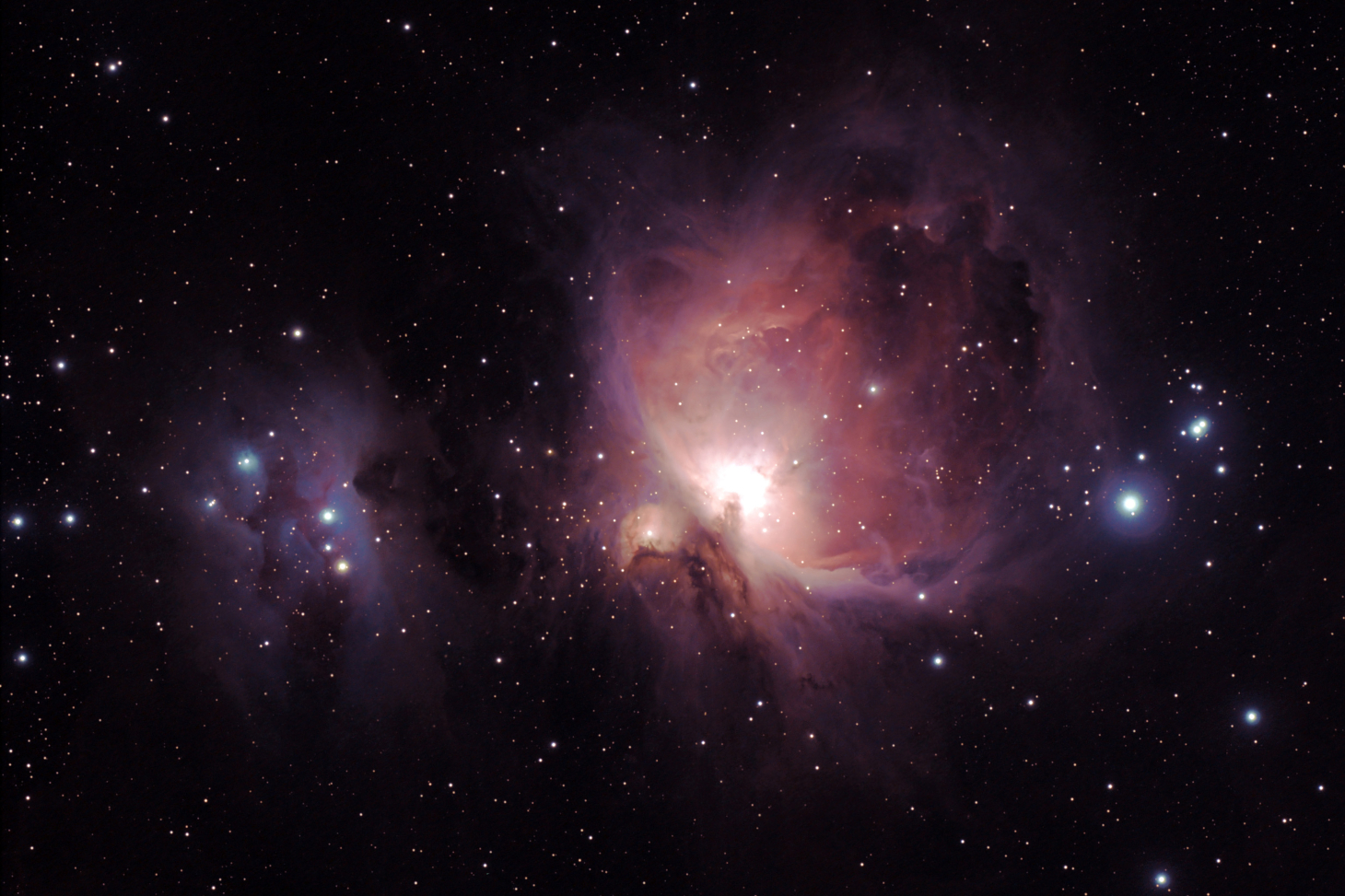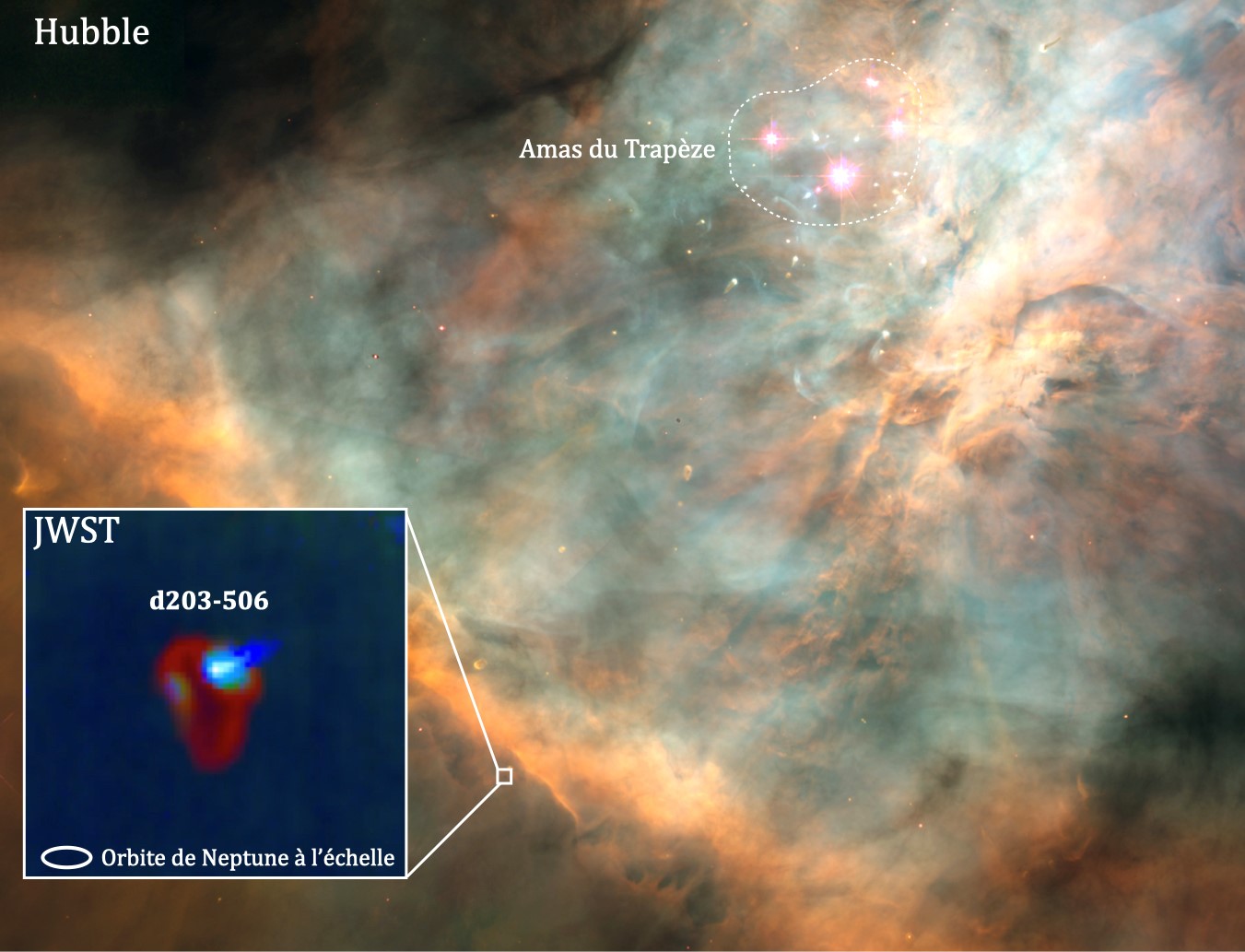A far-ultraviolet-driven photoevaporation flow observed in a protoplanetary disk.
Olivier Berné, Emilie Habart, Els Peeters, Ilane Schroetter, Amelie Canin, Ameek Sidhu, Ryan Chown, Emeric Bron, Thomas J. Haworth, Pamela Klaassen, Boris Trahin, Dries Van De Putte, Felipe Alarcon, Marion Zannese, Alain Abergel, Edwin A. Bergin, Jeronimo Bernard-Salas, Christiaan Boersma, Jan Cami, Sara Cuadrado, Emmanuel Dartois, Daniel Dicken, Meriem El-Yajouri, Asuncion Fuente, Javier R. Goicoechea, Karl D. Gordon, Lina Issa, Christine Joblin, Olga Kannavou, Baria Khan, Ozan Lacinbala, David Languignon, Romane Le Gal, Alexandros Maragkoudakis, Raphael Meshaka, Yoko Okada, Takashi Onaka, Sofia Pasquini, Marc W. Pound, Massimo Robberto, Markus Rollig, Bethany Schefter, Thiebaut Schirmer, Thomas Simmer, Benoit Tabone, Alexander G. G. M. Tielens, S´ılvia Vicente, Mark G. Wolfire et l’équipe PDRs4All.
Science, 01 mars 2024.



